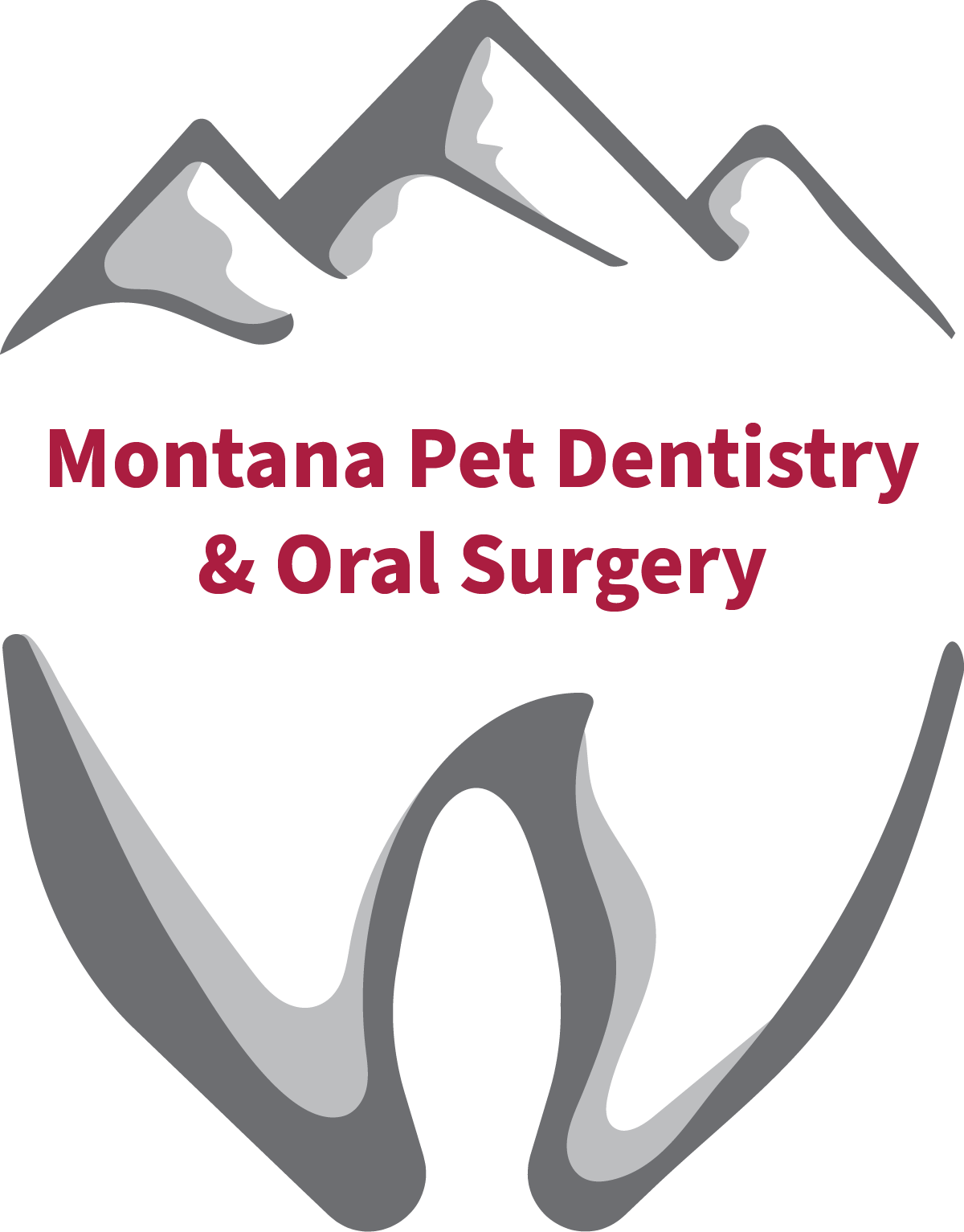What is Tooth Resorption in Cats and How is it Treated?
If you’re a cat owner, chances are you’ve heard about feline tooth resorption (feline cavities)—but what is it exactly? Cats don’t get true cavities like humans do, but tooth resorption is a serious dental issue that causes pain and ultimately tooth loss in cats.
What is Tooth Resorption in Cats?
To understand tooth resorption, you must first understand the basic anatomy of a cat’s tooth. In each of a cat’s teeth is a hollow root canal system containing tissue including blood vessels, nerves, and lymphatic vessels. This tissue is surrounded by dentin. Dentin makes up the bulk of a tooth’s structure. The part of the tooth you can see also has a thin layer of enamel covering the tooth. In tooth resorption, the enamel and dentin in one or more teeth is damaged from the cat’s own cells attacking the tooth and eventually becomes destroyed beyond repair. These areas of resorption quickly extend into the nerve chamber and the visible part of the tooth frequently snaps off, leaving painful roots embedded in the bone.
Are There Symptoms of Tooth Resorption?
Even though feline tooth resorption can be very painful, cats tend to hide their pain as an instinctive mechanism. In the wild, cats showing signs of pain are targeted by predators. Since your cat won’t likely show signs of pain, you should be on the lookout for other signs of tooth resorption in your cat. These signs include:
- Difficulty eating, only chewing on one side, or slow eating.
- Some affected cats walk up to their food bowl, look at their food and then walk away.
- Behavioral changes—take notice if your once-friendly cat gradually becomes less friendly, or stops playing with a favorite toy, or stops taking any interest in treats.
- Blood along the gumline, active bleeding, or excessive drooling.
- Bad breath.
How is Feline Tooth Resorption Treated?
As soon as you start to notice any possible signs of feline tooth resorption, schedule an appointment with a veterinary dentist. Once they are able to get an idea of the severity of your cat’s case by performing an exam and taking dental X-Rays, they will be able to decide the best treatment plan for your cat. It is important to note that many of these lesions are totally hidden under the gumline and will be missed if dental X-rays are not obtained.
Once the teeth are affected, the best choice is to extract the affected teeth to keep the pain from worsening. Your cat will start to feel much better after the procedure. Tooth removal is the best option for them in the long run.
Dental Care for Cats in Bozeman
If your cat is showing any signs of tooth resorption, we can help. Give us a call to set up an appointment to be seen by Dr. Tony Woodward DVM, AVDC, the only board-certified veterinary dentist in Montana, located in Bozeman.
